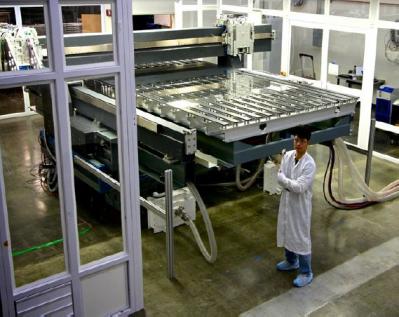Nokia patents a flexible transparent self-charging photon battery
Samsung SDI and LG Chem are already developing bendable Li-Ion batteries, but Nokia is aiming higher: the company recently filed a patent for a graphene-based flexible transparent self-charging photon battery. This is still very early technology probably, and we're not sure if the company actually aims to commercialize it, but it's still exciting.

Nokia's battery design can regenerate itself immediately after discharge through continuous chemical reactions, without an external energy input - just from the humidity in the air). This could prove to be a truly energy autonomous device.










